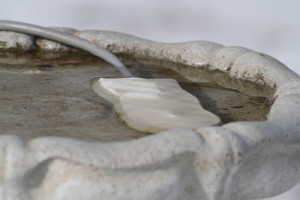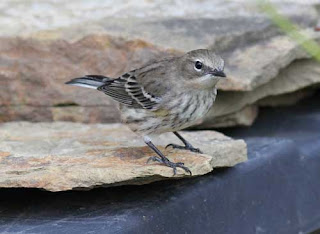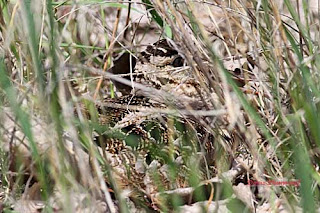Fishing lines pose hazards for birds
On a beautiful summer morning a couple of years ago I headed to North Park to photograph birds. On a tiny island in the lake a mulberry tree had fallen down, its berry-laden branches hanging over the water line. I soon spotted cedar waxwings eating the berries and flying off again. I was really proud of myself because I had caught one particular waxwing at the right moment.
After I downloaded the images to my computer I saw a problem in my shots: a fishing line was dangling right across my photo, thereby ruining it – or posing the daunting task of retouching much of the photo.
This was not the first time that I had seen a fishing line dangling from a tree. Such lines cause deadly hazards for birds as they get tangled up in them. Unfortunately, I did not see the line while I was photographing the birds – and didn’t carry a pair of scissors with me to cut it off – but I will pay more attention in the future.
Anglers, please collect your fishing lines before going home. The birds and other wildlife thank you for it.















